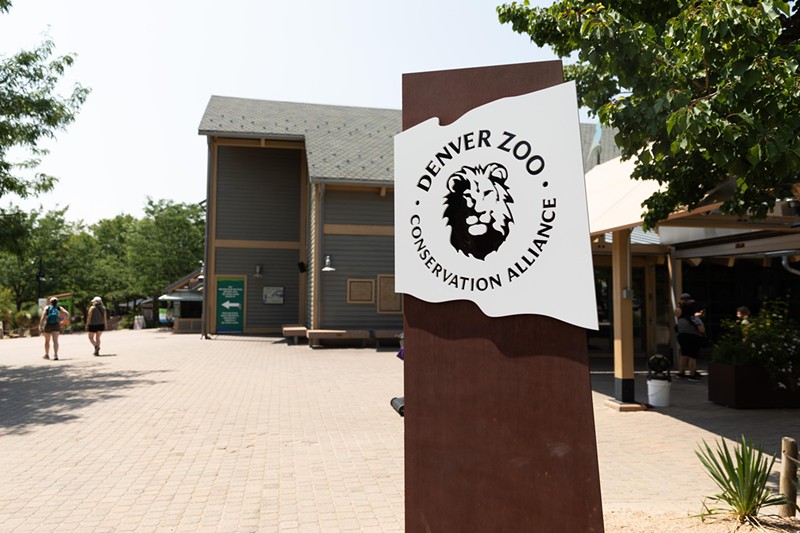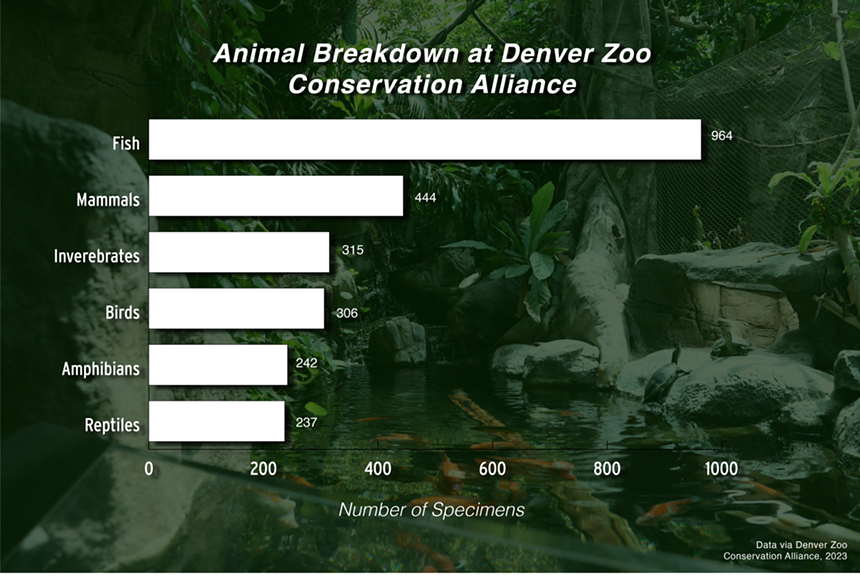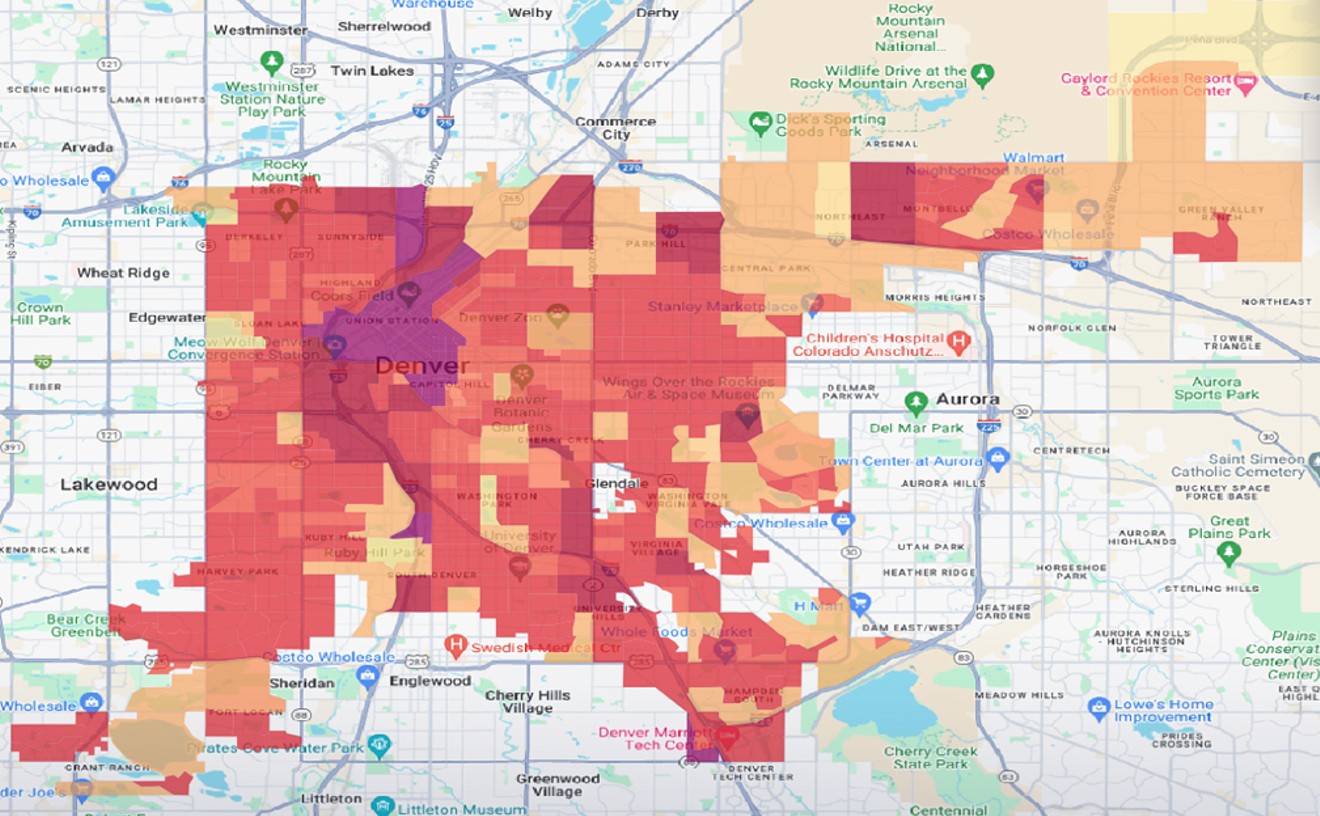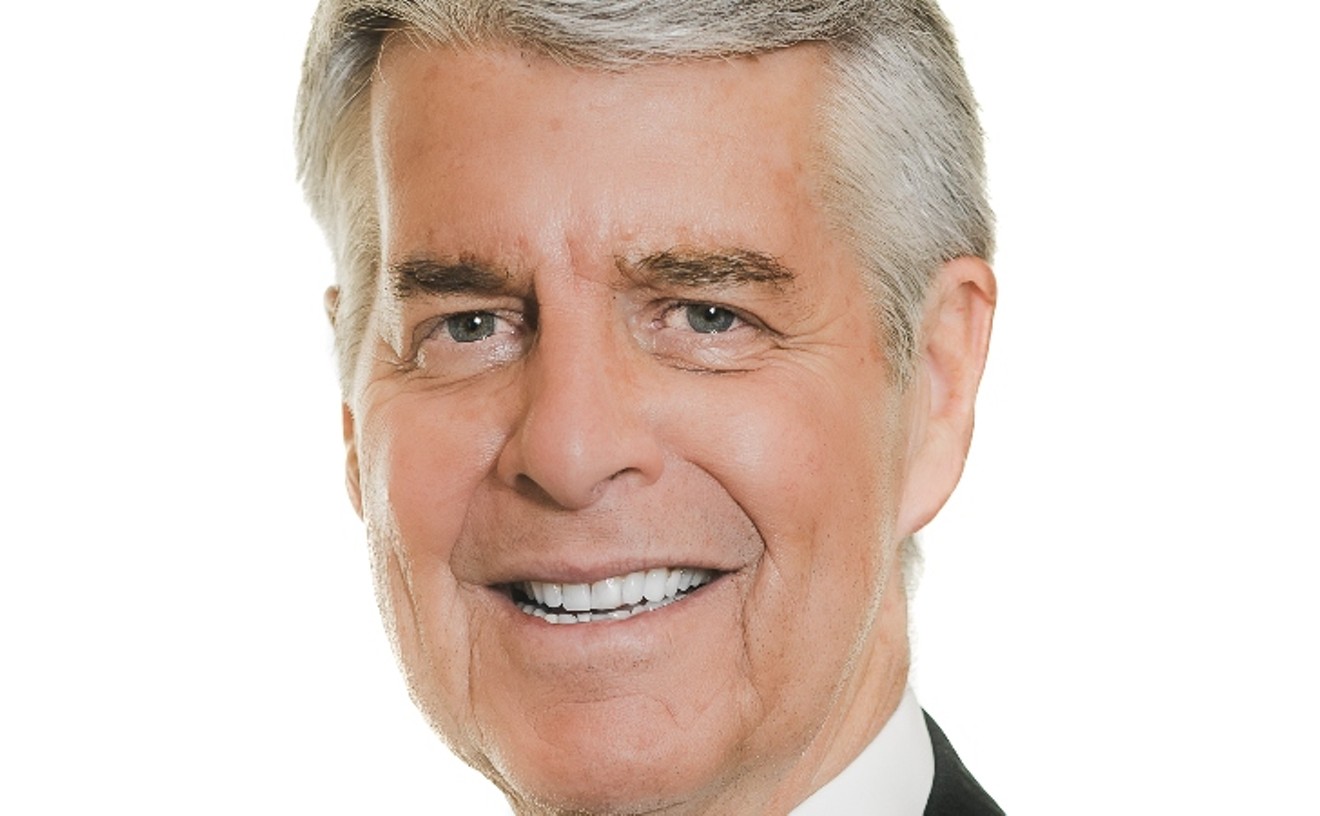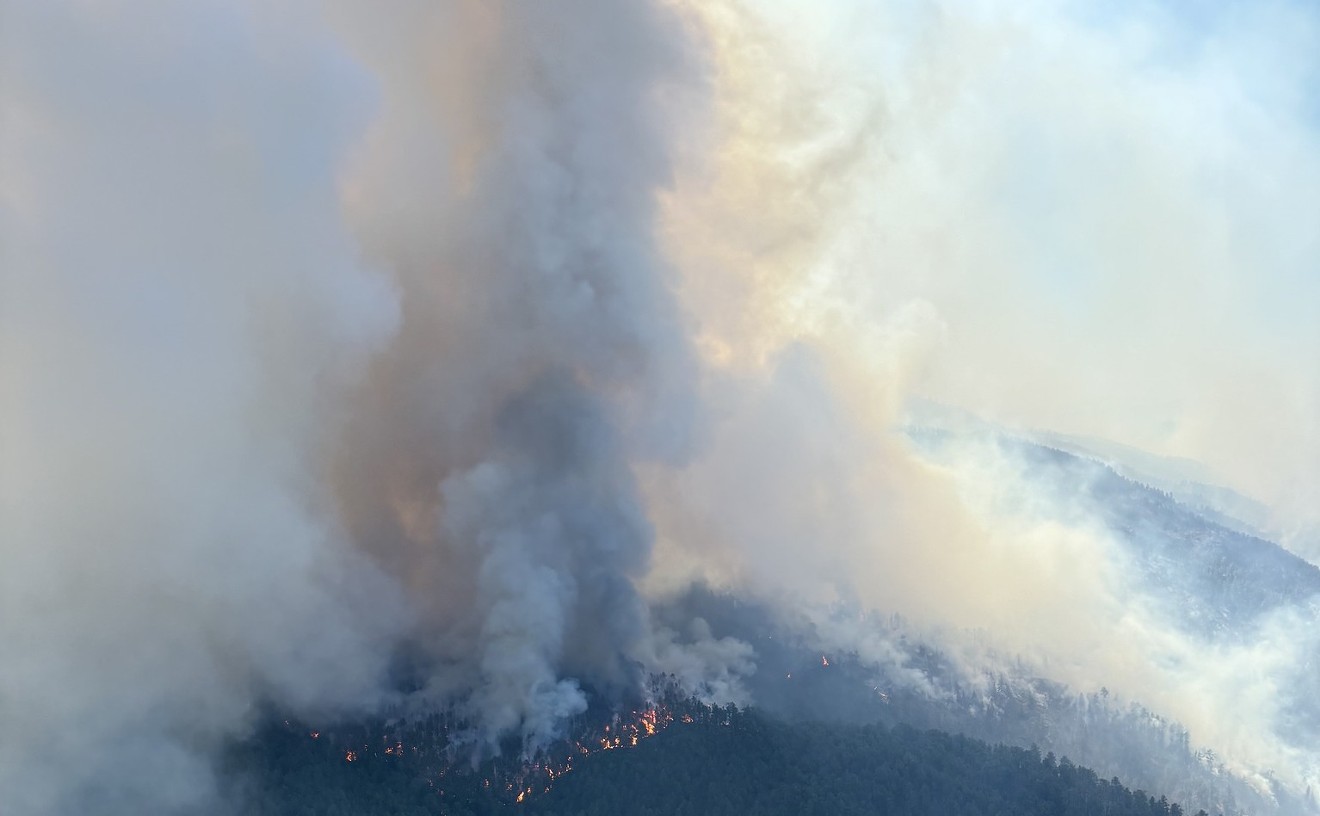The new name might catch some visitors off guard, but the zoo and its personalities — including Dusty the ostrich — will largely remain the same, according to Conservation Alliance communications director Jake Kubie.
Kubie, who's been with the zoo since 2018, says the rebrand had been in the works for over five years. And with shows like Tiger King commercializing the ownership of big game, the ethical responsibilities of accredited zoos are even higher, he adds.
"Evolution and change are a huge part of who we are and what we do. Change is progress. Evolution is progress," Kubie says. "This has been a very long process, with a lot of thought and research and consideration behind it to really make sure we're reflecting who we are, what our true identity is today."
As of June 14, there are over 2,100 animal exhibitors in the United States licensed by the United States Department of Agriculture, but only 235 are accredited by the Association of Zoos and Aquariums. To become accredited by the AZA, exhibitors must adhere to high ethical standards laid out in a 121-page document. Since 1976, the Denver Zoo Conservation Alliance has been one such accredited facility.
One of the AZA's requirements is participation in Species Survival Programs, or collective breeding efforts that Kubie describes as "Match.com for threatened and endangered species," in which wildlife biologists from various zoos work together to pair animals that are genetically different for reproduction. In some cases, the offspring can even be released into the wild.
"You might see a new baby here, and everybody oohs and aahs over it and thinks it's the cutest thing, and people come to visit, which is wonderful," Kubie says. "But behind that, we're working collectively with other AZA zoos to breed those animals to help create genetically diverse insurance populations of those species."
The zoo sees nearly two million visitors seen each year and is home to more than 2,500 animals from every corner of the globe. Its newest attraction, Down Under, is an immersive habitat featuring animals from Australia and New Zealand.
Kubie acknowledges that some people will always believe that holding animals in captivity under any circumstance is unethical, however. "I would tell them that we're not your parents' or grandparents' zoo," he says. "Not only do we provide exceptional care for our animals here on our campus, but we're also helping protect wild species and wild places all over the world."
Since the zoo's creation — but primarily over the last thirty years — it has participated in over 600 wildlife conservation projects and partnerships in the United States, Africa, South America and Asia, according to Kubie.
"In Asia, we're working in Indonesia's Leuser Ecosystem, which is the only place in the world where you can find Sumatran orangutans, tigers, rhinos and elephants. We're coming in, along with a lot of other partners, working to fund a ranger station to help improve their ability to monitor and protect wildlife," he explains. "In Uganda, we're funding a veterinary organization to help them care for mountain gorillas."
In the Colorado mountains, the zoo has worked on several projects to protect native wildlife, many of which have been documented by photographers like Kristi Odom. A Nikon Ambassador and photojournalist, Odom documented the work of the Colorado Pika Project volunteers — aptly named the Pika Patrol — in the Colorado backcountry. The veteran photographer calls documenting the potato-sized rabbit cousin as some of her favorite (and cutest) work.
"I love working directly with the scientists and biologists, because I think the photography, different technology and also conservation journalism can help them achieve their goals of protection of wildlife," she says.
Odom also documented an initiative aimed at saving the Boreal Toad from the deadly chytrid fungus in Colorado. She photographed the work of the volunteer team, as well as each phase of a toad's life, starting as a tadpole.
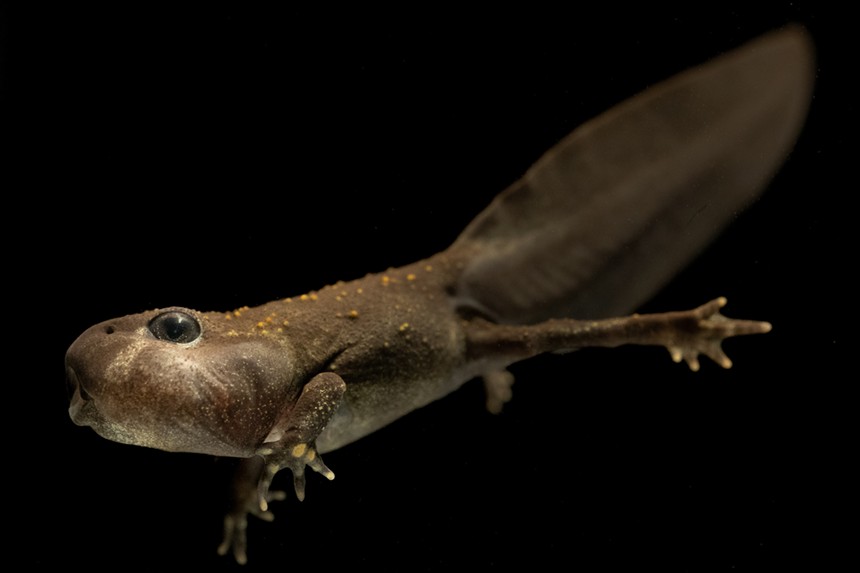
Wildlife photographer Kristi Odom says this photo of a tadpole was one of the hardest she has ever shot.
Photo contributed by Kristi Odom
One of the Conservation Alliance's largest projects has been an ongoing partnership with Rocky Mountain Wild, which works to protect wildlife in the southern Rocky Mountains.
Under the partnership, researchers have set up remote cameras around Vail Pass to track migration patterns of animals like elk, deer and the Canadian lynx along the I-70 Corridor.
According to Kubie, this research could contribute to constructing underpasses and overpasses in areas of high-volume migration.
In addition to the danger wildlife collisions pose to drivers and wildlife, Westword reported earlier this month that wildlife collisions in Colorado are estimated to cost around $80 million this year. On top of approximately 400 crossings already across the state (mostly on smaller, two-lane roads), the state Department of Transportation and Colorado Parks & Wildlife are poised to build additional underpasses and overpasses, thanks in part to a $22 million federal grant.
"It saves both human lives and animal lives," Kubie says. "It reduces traffic fatalities and gives the animals a safe place to pass where normally they come up and hit a wall when they hit I-70."
Back at the Zoo, Kubie wants to remind visitors that the dedication to conservation has evolved over more than thirty years and continues to grow. The rebrand serves as a way to visibly reaffirm that commitment to the public, especially those who don't like zoos, he says.
"We know there's some people out there who, unfortunately, just don't like zoos. Most of that is because they just don't understand zoos or because there's a lot of bad zoos out there that give good zoos a bad name," he argues. "There's also the unfortunate reality that humans haven't been very good for nature [with] habitat destruction, poaching. Zoos — collectively, accredited zoos — are a human solution to a human-made problem, and I think we are trying to make the world a better place for wildlife."

